the first smart contract based on trading
TTC company is brand new investment platform in filled of cryptocurrency. unlike any other company; TTCtradecrypto.com offers Smart-contract based on TRADING on international markets; for the first time in the word
START NOW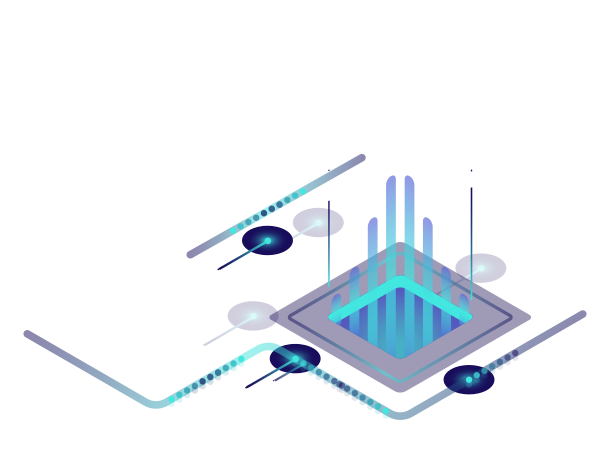


Our client’s unique needs matter to us.
We understand the challenges that come with the digital banking and market instruments investment landscape, which are unnecessarily burdensome to the average perso.


As such, we endeavor to provide the answers to our client’s financial and wealth management needs, while simultaneously enhancing their overall digital banking experience.before starting to know about our plans you must have some basic information about the systems basic strengths.
Forex
Foreign Exchange Market or forex is a global decentralized or over-the-counter for the trading of currencies, this market determines foreign exchanges rates for every currency.
What is forex and how does it work?
Throughout history, we have seen the transition of trading from one form to another. From the exchange of one material to another and this hasn’t stopped for a moment. Another form of trading, which has been popular within the last 50 years in forex trading. You might have heard about it but if you haven’t, don’t worry because you will know what forex is all about, how it works, the benefits of trading, and how you can start trading.
What is forex?
Forex simply means foreign exchange; it comprises of buyers and sellers who deal in currencies at a predetermined price. These buyers and sellers can be the central banks, companies, or individuals. Many people indulge in forex without knowing. For instance, you want to travel to Japan from the United States. You can’t use your US dollar in Japan because they use the Japanese Yen. Therefore, you first have to change your US dollar to the equivalent Yen before you can buy anything in Japan. The process of changing the money from one currency to another is known as forex. Although various foreign exchanges take place for practical reasons, however, the majority of these currency conversions is done with the intention of generating profit from the buying or selling.
How does forex trading work?
Before diving into how forex trading works, it is important to understand how the market itself works. Unlike commodities or shares, forex trading takes place between two parties instead of exchanges. The individuals involved carry out their transactions using an over-the-counter market. Interestingly, the market is a remote market, which is operated by worldwide networks of banks, located in different trading sessions with different time zones. These sessions include Tokyo, Sydney, London, and New York. What makes the market interesting is the fact that it doesn’t have a central location like our traditional banks, and operates a 24 hours market system.
The market comprises of three types:
- Spot Forex Market – This market involves the physical exchange of different currency pairs taking place on the spot.
- Forward forex market – This involves a contract, which is agreed to sell or buy a particular currency amount under a specified price, which will be settled at a predetermined date in the future.
- Future forex market – In this market, a contract is agreed to sell or buy a determined amount of a particular currency under a specified price and date in the future. The primary difference between a forward and future market is that the latter is legally binding.
You can trade forex in different ways, however, they all follow the same way by buying a particular currency while selling the other. Traditionally, numerous forex transactions have taken place through forex brokers. However, recent increase in online trading has given traders the benefit of forex price movements through derivatives such as CFD (Contract for Difference).
Base and Quote Currencies
In forex trading, you will always see currencies in pairs. For instance, you will see GBP/USD, AUD/JPY, CAD/JPY, AUD/USD, etc. The currency on the left-hand side is usually called the base currency whereas the other is the quote currency. Since forex involves buying a currency to sell the other, they usually come in pairs. For instance, if GBP/USD is the forex pair and the current price is 1.24810, it means that the worth of a Pound is 1.24810 in US dollar.
If the price of the pound rises against the dollar, then one pound will have more value than the dollars, which will give rise to an increase. However, if the pound drops, the price of the pair will also decrease. Here is the secret – if after looking at the market and you think that the base currency, which is the Pound in the example above, will increase when compared to the quote currency (US dollar), then the best option is to buy the pair. Nevertheless, if the reverse is the case, then your option will be to sell. Don’t be confused if you hear traders saying they are going long or going short, it means buying or selling respectively.
What Moves the Market?
Another important question to ask is what controls the market that one can decide to buy or sell? Well, the forex market comprises of currencies throughout the world, which is why it is difficult to predict them because many factors can contribute to the movement of price. However, there are certain things that can help one know the particular direction of the market. These include:
- Central Banks – The supply of forex is regulated by central banks. They are responsible for announcing measures that will affect the price of a particular currency. For instance, when the central bank of a country decides to inject more money to its economy, it has the tendency of causing the price of the currency to drop.
- Recent news events or reports – Investors and commercial banks look for economies with a strong outlook. Nobody wants to invest in a business without any prospect. Therefore, positive news about a particular region can influence investment, which will help increase the demand for such currency.
- Economic Data – This data is important to the movement of price between two currencies. Firstly, economic data provides insight into the next action of the central bank, and secondly, it offers investors an insight into how the economy is performing.
Benefits of Trading Forex
Trading forex comes with numerous benefits. These benefits include:
- No commissions – you don’t have to pay clearance fee, government fees, brokerage fees or exchange fees when trading forex. Nevertheless, when compared with our traditional business where individuals must pay certain fees, this makes forex a great option for many investors.
- Minimal transaction cost – The transaction cost for most trade is usually below 0.1%
- No intermediaries needed – You don’t need central bank or any regulatory authority.
- 24/7 market – One distinctive feature of the forex market is the fact that it is always open for traders to trade. From Monday up until Friday, the market is open even if you are sleeping. With the forex market, you can make money always as long as you know when to go long or short.
Leverage – Importantly, forex trading comes with the benefit of depositing little amount while using a bigger contract value. For instance, with $100 in your account, you can perform trades worth $5,000 depending on the leverage you choose.
What about the disadvantage of trading forex? Well, the primary disadvantage, if you don’t know how to trade comes the dreadful part where you have to lose your hard-earned money. Yes, because if you understand the market perfectly, you can always come on top.
Conclusion
The forex market is a competitive market where traders trade assets such as commodities, bonds, and stocks. The particular strategy employed will determine if you will make a profit or not. With a basic knowledge of the market and the various technical analyses, you can improve your profitability every day.
However, it is always advisable to begin your trading career by using a demo account. Once you consistently make a profit, you can set higher by using a real account. Remember you can wipe your account with a single trade, therefore, ensure to trade wisely.
Blockchain in real-time
blockchain is a system of recording in the way that makes it impossible to change, hack or cheat the system. a blockchain is essentially a digital ledger of translation that is duplicated and distributed across the entire network of computer system on the blockchain.

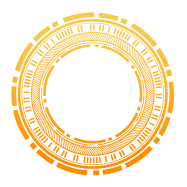


Crypto investing is a “buzz” word for investors today – in April 2019 the cryptocurrency market capitalization has passed the $2 trillion market and is aiming at new heights. Watching the TOP 20 cryptocurrency rating is like riding a roller coaster – the price movements can be swift and breathtaking. What coin has won the race for the third place in market cap? What dynamics has it demonstrated in the past 24 hours? 7 days? Which coins have entered TOP 10 and what have lost the privilege to stay in the list? Find out from Cryptocurrencies Rating – coins from TOP 20 can be a good pick up for the riskier part of your investment portfolio. If you think the cryptocurrency will grow or it has just made you good profit – vote “for” to let everybody know! Crypto Rating is based on the information provided by Crypto Currencies Rating
From 2019, one can expect a rise in prices for cryptocurrencies not only because of the completion of the decline cycle and internal factors, but also because of the appearance of classical investors on the market. The market will sooner or later reach its maturity, and the industry will continue its stable and continuous development. With long-term investments, current bitcoin price levels can be perceived as one of the most acceptable for entry, because the cryptocurrency bubble has almost completely deflated, and the potential of the technology is still huge. After some virtual currencies become securities, we should expect a new round of market development, which will make them affordable for retailers and provide a wide range of investment tools for everyone. This can cause a real gold rush. It is assumed that STO will eventually completely replace ICO.
Cryptocurrencies with the highest potential in 2019
Bitcoin. The world of cryptocurrency can not do without it - BTC is used as the currency of entry/exit to this market, as a measure of value and as a base currency for trading.
XRPThis so much talked about pioneer of blockchain technology in the industry for which a cryptocurrency was originally created, namely, money transfers. The riskier part of the portfolio can be directed to the purchase of tokens of companies that already have a finished product and a solid client base, for example, the leader among the Binance crypto exchanges (BNB) and the pioneer of security tokens Nexo (NEXO).
Crypto Alert: what mistakes crypto investors make
Studies show that more than 40% of crypto investors are long-term investors or Bitcoin holders. During the fall of the crypto market, many of these enthusiasts continue to keep their coins, despite losses, which, according to investment experts, is not the right investment strategy. Following the principle of “buy on the fall” and investing in a market without signs of rapid recovery are also strategies based on emotions. In addition, some cryptocurrency investors may be too sensitive to information provided by mass media, failing to analyze the long term consequences of the news/analysis provided or statements made. To avoid this, bitcoin investors need to regularly analyze their actions as they would do if working with traditional classes of assets.
Tips for cryptocurrency investors
Expect the emergence and rapid development of a number of new virtual currencies. To minimize the risks, distribute the investment between several coins. There is information that Telegram, Google and Facebook are considering launching their own virtual currencies. The appearance of coins from these corporations may unpredictably change the cost of many cryptocurrencies, but the total capitalization will definitely grow.
Bitcoin is digital money that does not physically exist. However, there are special registers where information is stored about how many bitcoins someone has and who transfers them where, and such registries are called blockchains.
The difference between Bitcoin and the traditional currency is that Bitcoin registers are not stored in banks or other payment systems. It means Bitcoin is a decentralized currency and is not strictly regulated by government authorities or institutions, which makes users’ actions freer. Transactions with Bitcoin cryptocurrency take place daily.
Registers, where Bitcoins are stored, are protected by special cryptography, which makes tampering impossible. It is also not possible to rewrite data in blocks and change the course of events sharply. Therefore, Bitcoin is considered quite secure digital money. Nevertheless, it is impossible to say that Bitcoin is safe because there are always some nuances, which are important to be aware of.
For several years of its existence, bitcoin has become truly digital money, that is, it began to serve as a full-fledged medium of exchange. Over the years of its existence, bitcoin has received recognition and has gained popularity, and nowadays many market participants perceive it as a serious investment tool. Using bitcoin, you can buy goods and services and exchange cryptocurrency.
A brief history of bitcoin investment
Bitcoin was created in 2009. Over the years of its existence, Bitcoin has been able to attract the attention of a huge number of traders and investors. This is the first digital currency in the world, though not the only one at the moment. Therefore, it is she who is given the most attention from investors who want to invest in cryptocurrencies.
Within a relatively short period, Bitcoin has become the generator for the creation of more than a thousand different cryptocurrencies, as well as many other blockchain projects. The history of bitcoin prices is full of highs and lows, as the attitude towards cryptocurrencies is sometimes not serious and not stable.
Investing in bitcoin is interesting as the emission of the cryptocurrency is limited thanks to the initial algorithm. Over time, it becomes more difficult to mine bitcoins. The process of production of bitcoins is called mining, and the asset itself is often called digital gold.
Today, bitcoin is not only the most popular but also the most expensive cryptocurrency. According to the official data, its capitalization is more than half of the entire cryptocurrency market.
Bitcoin has experienced sharp price changes. For example, there was a big investment stir in 2017, which led to the fact that the piece of one Bitcoin increased to 20 thousand dollars. At that time, there were lots of different forecasts and expectations. Many market analysts have argued that this price rise is temporary, and it turned out to be true. In 2018, the crypto industry faced a crisis, which led to the fell of Bitcoin's price to 3.5 thousand dollars.
However, the era of cryptocurrencies did not end there. In 2019, the bitcoin price has shown slow but steady growth. Data from bitcoinprice.com also shows that the price of bitcoin has risen in 2020.
In general, the forecasts of experts are different. Some even predict the rise in the value of bitcoin to one hundred thousand dollars or more. However, what will happen to the price of bitcoin largely depends on the activity of investors and their investments.
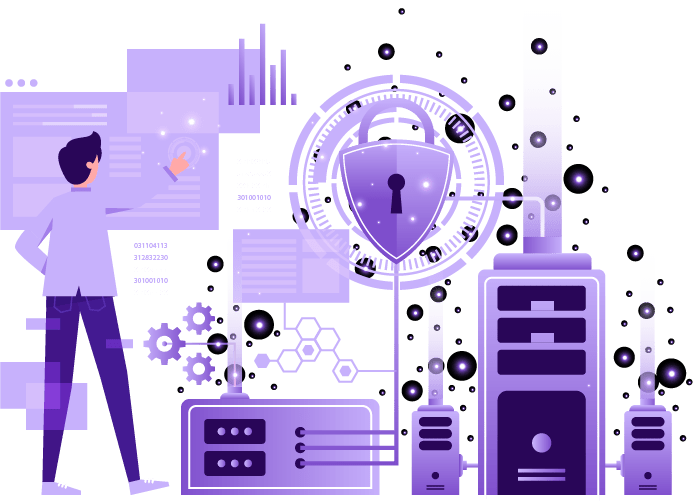
Smart contract
Smart contracts are simply programs stored on a blockchain that run when predetermined conditions are met they typically are used to out mate the execution of an agreement, so that all participants can be immediately certain of the outcome, without any intermediary's investment or time loss. smart contracts do not need brokers or other intermediaries to conform the agreement, thus, they eliminate the risk of manipulation by third parties.
What's a smart contract (and how does it work)?
Smart contracts are potentially one of the most useful tools associated with blockchain, and they can enable the transfer of everything from bitcoin and fiat currency to goods transported around the world. Here's what they do and why they're likely to gain traction. Smart contracts are self-executing, business automation applications that run on a decentralized network such as blockchain.
And because they're able to remove administrative overhead, smart contracts are one of most attractive features associated with blockchain technology. While blockchain acts as a kind of database, confirming that transactions have taken place, smart contracts execute pre-determined conditions; think about a smart contract as a computer executing on "if/then," or conditional, programming.
Essentially, once certain conditions of a smart contract are met – goods arrive in a port, two parties agree to an exchange in cryptocurrency – they can automate the transfer of bitcoin, fiat money, or the receipt of a shipment of goods that allows them to continue on their journey. Underneath it all: a blockchain ledger that stores the state of the smart contract. Understanding tokens and smart contracts
For example, an insurance company could use smart contracts to automate the release of claim money based on events such as large-scale floods, hurricanes or droughts. Or, once a cargo shipment reaches a port of entry and IoT sensors inside the container confirm the contents have been unopened and remained stored properly throughout the journey, a bill of lading can automatically be issued.
Smart contracts are also the basis for the transference of cryptocurrency and digital tokens (in essence, a digital representation of a physical asset or utility). For example, Ethereum blockchain's ERC-20 and ERC-721 tokens are themselves smart contracts.
But not all smart contracts are tokens, according to Martha Bennett, a principal analyst at Forrester Research. "You can have smart contracts running on Ethereum that trigger an action based on a condition without an ERC-20 or ERC-721 token involved," she said.
Smart contracts can govern the transference of other cryptocurrencies, such as bitcoin. Once payment is verified, bitcoin can change hands from seller to buyer.
Most enterprise blockchain networks don't use tokens, Bennett pointed out. In those that do, the rules in smart contracts govern how tokens get allocated and define the conditions of transfer.
"That still doesn't mean the token is the smart contract - it all depends on how the token has been constructed," Bennett said. "And tokens don't have to be about economic value; a token can simply be something you hold that gives you the right to vote on a decision; casting your token means you've voted, and can't vote on this decision again – no economic value associated."
How smart contracts mimic business rules
Smart contracts are neither really "smart" nor contracts in the legal sense. They're no more than business rules translated into software.
"People often ask what makes smart contracts different from business rules automation software or stored procedures. The answer is that conceptually, the principle is the same; but smart contracts can support automating processes that stretch across corporate boundaries, involving multiple organizations; existing ways of automating business rules can't do that," Bennett said.
In other words, because smart contract code is running atop an open blockchain ledger, rules can be applied not only within the corporation that coded the smart contract but to other business partners permitted to be on the blockchain.
"In other words, they're code that does what it's been programmed to do. If the business rules...have been defined badly and/or the programmer doesn't do a good job, the result is going to be a mess," Bennett said. "And, even if designed and programmed correctly, a smart contract isn't smart – it just functions as designed."
Translating business rules into code doesn't automatically turn the result into a legally enforceable agreement between the parties involved (which is what a contract actually is). Although there are some initiatives aimed at making smart contracts automatically legally binding, that path – at least for now – fraught with difficulty and risk, Bennett said. That's because there's no agreed standard definition of what a smart contract is.
"And what happens if the software has bugs and yields bad results? Is the resulting loss now also legally binding?" she added.
A smart contract is only as good as the rules used for automating processes, which means quality programming is crucial. Also crucial? The accuracy of the data fed into a smart contract. Because smart contract rules, once they're in place, are unalterable. After a contract is written, neither the user nor programmer can change it.
So if the data isn't true – and being on a blockchain doesn't necessarily make it so – the smart contract can't work properly.
Data is fed into blockchains and used for smart contract execution from external sources, specifically data feeds and APIs; a blockchain cannot directly "fetch" data. (These real-time data feeds for blockchains are called "oracles" – they're essentially the middleware between the data and the contract.)
Oracles can be software- or hardware-based. A hardware-based oracle, for example, might be an RFID sensor in a cargo container transmitting location data to smart contract parties. A software oracle, by contrast, could be an application that feeds information through an API about a securities exchange, such as changing interest rates or fluctuating stock prices.
In that case, when you're hedging risk on an exchange and a stock price goes up, one party will get money while another loses it. The smart contract determining which happens requires market price data, and the API for that comes from the data provider. That poses a problem: the parties involved in the smart contract must be able to trust the outside data source.
While blockchains may be decentralized across dozens or thousands of nodes, smart contracts are not. They run on a single node. The blockchain nodes (servers) have no visibility into how a particular smart contract works; any consortium of companies that are a part of a blockchain network must rely on one oracle for the information being fed into the smart contract.
If your company is part of a blockchain consortium – a supply chain, for example – it has no way to know what's running in the smart contract. There's no verifiability. Essentially, you have to take the word of the company running the server on which the oracle and smart contract reside that the information being fed to the blockchain is accurate.
"You have to go to one source, one table, one oracle for that data. There's no standard processes to verify the data is what it says it is and it's coming in properly. It's a central point of failure," said Gartner Vice President of Research Avivah Litan.
"It's not mature yet," Litan continued. "I've talked to companies participating in a consortium and asked them how do you know what the smart contract is doing and they say they don't. If you have a contract running your life, wouldn't you want to know what it's doing?"
Potential problems with smart contract data
Because oracles have traditionally transmitted data from a single source, there is no perfectly trustworthy data, according to Sergey Nazarov, CEO of Chainlink, an oracle start-up that uses multiple external sources of oracle data. Nazarov, in a white paper, wrote that data may be "benignly or maliciously corrupted due to faulty web sites, cheating service providers, or honest mistakes."
Chainlink has formed development partnerships with internet and financial services companies, including Google and the Society for Worldwide Interbank Financial Telecommunication (SWIFT), which runs one of the world's largest clearing and settlement networks.
The way regular contracts function today can be problematic, according to Nazarov, because one party may perform a task but the other party may decide not to pay – likely touching off a legal battle – or there may be assumptions made by one of the parties about a complex contract that may not be true.
"Those contracts are not rigorously enforceable; they can't be enforced by technology the way a smart contract can." Nazarov said. "A smart contract is deterministic; it can absolutely be enforced as long as the events related to its contractual clauses happen.
"Smart contracts are contingent on events; they're contingent on market events, in insurance they're contingent on IoT data from cars, factories or other equipment," Nazarov continued. "In trade finance, they're contingent on shipping data."
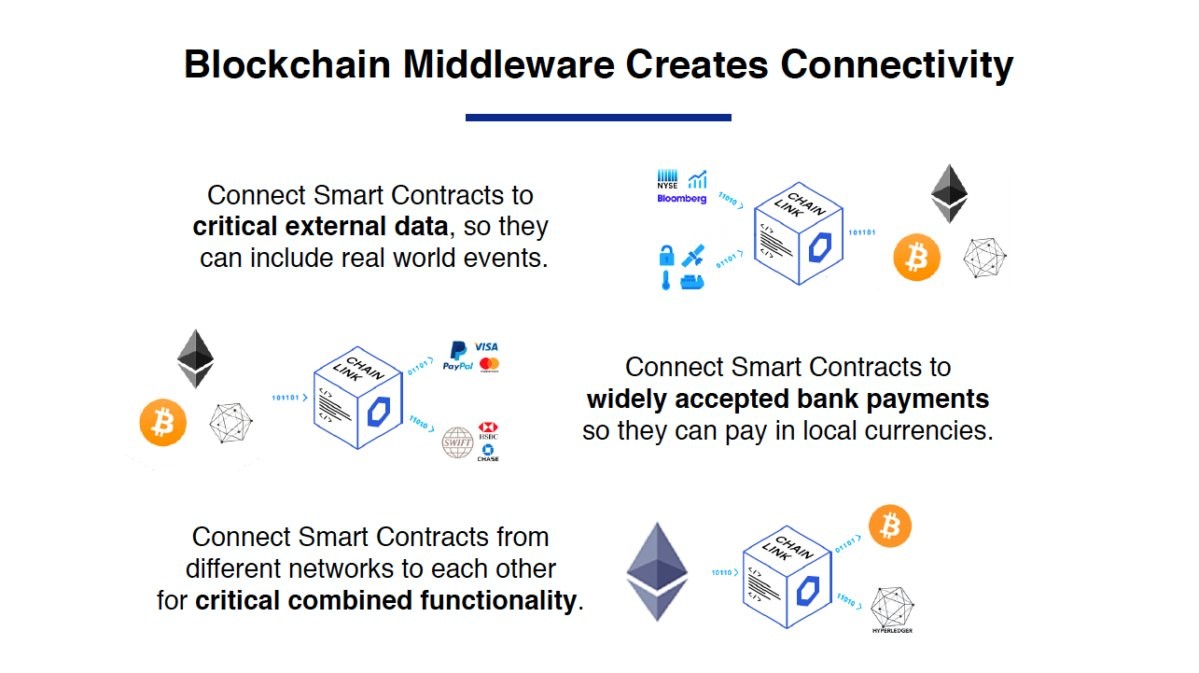
Chainlink
In another example, Chainlink created a smart contract for a media company that held in reserve fees to be paid to a search engine optimization (SEO) firm it had hired until news article URLs reached – and then maintained – search engine rankings for a specific period of time.
"That payment wasn't held by our client or the search engine optimization firm," Nazarov said. "It was held by this new technology [blockchain and the smart contract] that will programmatically enforce the contract as it was written. That's the fundamental difference."
While complicated to develop in the past, constructing smart contracts is becoming easier as new programming tools are emerging that move away from the underlying complexity of smart contract scripting languages, essentially enabling business people to pull together the basics of a smart contract, Bennett said.
"We're even beginning to see tools that allow business people to pull together the basics of a smart contract," Bennett said. "That's only the beginning, though, as some companies have already discovered it can be a challenge to ensure that every network participant runs the same version of a smart contract."
Edge computing, IoT and the future of smart contracts
Over the next several years, the massive growth in IoT connected devices could spur greater use of smart contracts. That's because a substantial portion of the estimated 46 billion industrial and enterprise devices connected in 2023 will rely on edge computing, according to Juniper research. As a result, addressing standardization and deployment issues will be crucial.
Smart contracts could offer a standardized method for accelerating data exchange and enabling processes between IoT devices by removing the middleman: the server or cloud service that acts as the central communication spoke for requests and other traffic among IoT devices on a network.
"Fundamentally, the idea is you don't have a central agent – no one approving and validating every single transaction. Instead, you have distributed nodes that participate in validating every transaction in the network," said Mario Milicevic, a member of the Institute of Electrical and Electronics Engineers (IEEE), a leading authority on technology innovation that has more than 500,000 members.
Blockchain ledgers decrease the time required to complete IoT device information exchange and processing time.
"It could be in an automotive manufacturing plant. As soon as a certain part arrives, that part then communicates that to other nodes at that destination, which would agree that part arrived and communicate that to entire network. The new node would then be allowed to begin doing its work," Milicevic said.
The rise of edge computing is critical in scaling up tech deployments, owing to reduced bandwidth requirements, faster application response times and improvements in data security, according to Juniper Research.
Blockchain experts from IEEE believe that when blockchain and IoT are combined they could actually transform vertical industries.
While financial services and insurance companies are currently at the forefront of blockchain development and deployment, transportation, government and utilities sectors are now engaging more, due to the heavy focus on process efficiency, supply chain and logistics opportunities. And that's expected to combine to make smart contracts more ubiquitous in the years ahead.
Our Time Line
Cooming Soon
TTC



